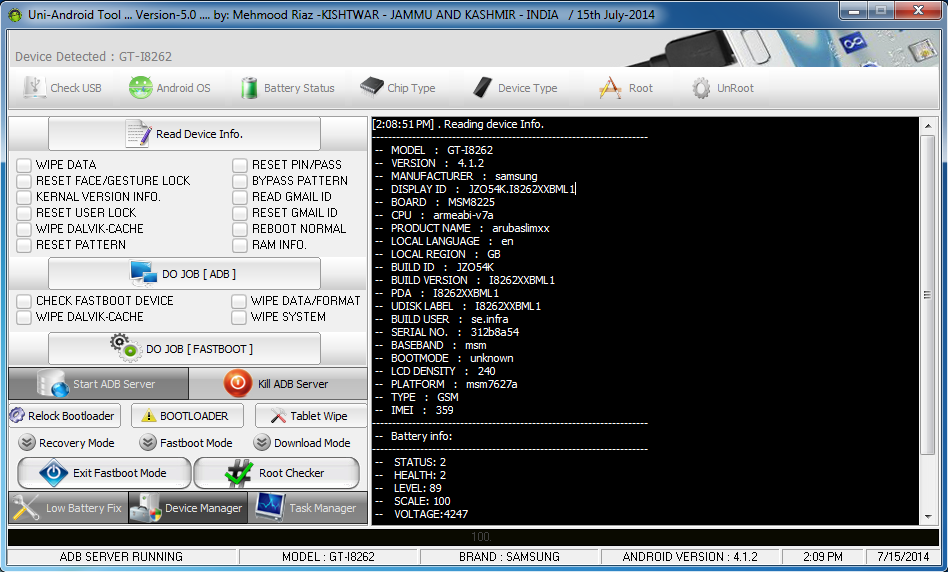

- #ASUS DEVICE SETUP SHOULD I REMOVE IT HOW TO#
- #ASUS DEVICE SETUP SHOULD I REMOVE IT DRIVERS#
- #ASUS DEVICE SETUP SHOULD I REMOVE IT WINDOWS 10#
- #ASUS DEVICE SETUP SHOULD I REMOVE IT PC#
See how to go to a Registry key with one click. HKEY_LOCAL_MACHINE\SOFTWARE\Microsoft\Windows\CurrentVersion\MMDevices\Audio\Render Disable a Sound Output Device in Registry
#ASUS DEVICE SETUP SHOULD I REMOVE IT WINDOWS 10#
Windows 10 Rundll32 Commands – the complete listįinally, you can disable or enable a sound output device in the Registry. Tip: To save your time, you can open the classic Sound dialog using the following command: rundll32.exe shell32.dll,Control_RunDLL mmsys.cpl,1 Now, right-click on a disabled device in the list.Ensure that you have the disabled devices listed: Right-click on any device and see if you have the Show disabled devices entry checked.To enable a disabled sound output device, do the following. This will disable the sound output device. Right-click on it and select Disable from the context menu.On the playback tab, select the device you want to disable.Navigate to Control Panel\Hardware and Sound\Sound.Disable a Sound Output Device using Control Panel To enable the disabled device, right-click on it and select Enable from the context menu.Īlso, the classic Control Panel applet 'Sound' can be used to disable or enable a sound output device.Right-click on the device and select Disable from the context menu to disable it.In the device tree, find your device under Audio inputs and outputs.Tip: you can customize the Win + X menu of Windows 10. Press Win + X keys together on the keyboard and click Device Manager.Disable Sound Output Device in Device Manager Click on the Enable button to enable the disabled device.īesides the Settings app, you can use the good old Device Manager app to enable or disable devices, including the sound devices installed in your computer.Click on the Disable button to disable the selected device.On the next page, select your sound output device in the list in Output devices.On the right, click on the link Manage sound devices under Output.Disable a Sound Output Device with Manage sound devices Page

Uncheck the Disable box to re-enable the device.Īlso, there is an extra page in Settings that you can use to disable sound devices.On the next page, check the Disable box to disable the device.On the right, select the sound output device under Output.Let's review these methods.ĭisable a Sound Output Device in Registry To Disable a Sound Output Device in Windows 10, This can be done with Settings, Device Manager, using the classic Control Panel, or with a Registry tweak.
#ASUS DEVICE SETUP SHOULD I REMOVE IT PC#
If you have connected several audio devices to your PC or laptop, such as microphones, a web camera with a built-in microphone, a Bluetooth headset, you might want to disable one or a few of them. The default sound input device is the device that the operating system uses to record or hear sounds. How to enable the old Volume control in Windows 10 Tip: It is still possible to restore the good old "classic" sound volume control. If you are affected by this issue, see the following post:įix: Volume Icon is Missing in Windows 10 Taskbar
#ASUS DEVICE SETUP SHOULD I REMOVE IT DRIVERS#
Even when you have all the drivers installed, the icon might remain inaccessible. Note: In a number of situations, the Volume icon can be hidden in the taskbar. Once you click the sound icon in the system tray, the new volume indicator will appear on the screen. This includes the Date/Time pane, the Action Center, the Network pane and even the volume control. All of the applets which open from the system tray are different now. Most likely it has no effects on the colour problems.Advertisement Windows 10 introduced a new style of items and their panes/flyouts which open from the notification area. Does this have any effects on the graphics with VM ? If I am not mistaken, the binary translation is for older processors and this was the mode when VT-x was not yet a feature within the Intel processors.ģ.

As far as I know it is only greyed out when the VM is powered on. Should I change these settings and if so to what? Virtualization Engine is set to 'preferred mode: automatic (greyed out) and Disable acceleration for binary translation is UNtagged. Within VMware->Virtual Machine Settings->Hardware-Processors The 2017 Tech Preview has a "virtualize IOMMU" option but that something in the future.Ģ. VT-d is only required if I/O passthrough is required and currently installing ESXi as the hypervisor on the host would be able to take advantage of it. There should be no harm in enabling it although it would be of no impact, as far as I know with VMware Workstation. Intel VT for Directed I/O (VT-d) reads Disabled.


 0 kommentar(er)
0 kommentar(er)
